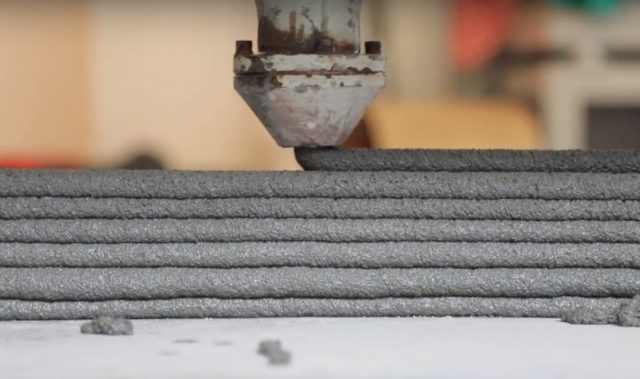
AsianScientist (May 26, 2016) – Imagine if you could combine the myriad of pills you need to take for your ailment in just one tablet. You need only to take the medication once a day and the drug will be slowly released throughout the day at different rates to treat your illness. Your doctors could easily make tablets tailored to each patient’s needs on the spot.
All these could become a reality with a new method of tablet fabrication designed by Assistant Professor Soh Siow Ling and PhD student Sun Yajuan from the Department of Chemical and Biomolecular Engineering at the National University of Singapore (NUS) Faculty of Engineering. The system can make customizable pills that release drugs with any desired release profiles.
While some existing tablet-production methods that can allow certain flexibility exist, including 3D printing, they have their limitations. Among these are low dosage, release profiles that are non-continuous, or the drugs are released in a large burst in the initial stage, and poor durability of the tablet given its quick breakdown. These methods are also only able to fabricate tablets that release drugs with a limited type of profiles.
“For a long time, personalized tablets has been a mere concept as it was far too complex or expensive to be realized. This new tablet fabrication method is a game changer—it is technically simple, relatively inexpensive and versatile. It can be applied at individualized settings where physicians could produce customized pills on the spot for patients, or in mass production settings by pharmaceutical companies,” said Soh.
Instead of manufacturing the drug tablet by printing layer by layer, the drug tablet Soh and Sun designed consists of three distinct components, including a polymer containing the drug in a specifically designed shape that will determine the rate of release of the drug. For instance, a five-prong shape will allow the drug to be released in five pulses over time. By adjusting the shape of the drug-containing polymer, it is possible to release drugs at any desired rate.
Using the system designed by the NUS team, a doctor only needs to draw the desired release profile in a computer software to generate a template for making tablets specific to a patient’s treatment. The template can then be used to easily produce the desired pills using a 3D printer. The system does not involve any complex mathematical computation whenever a new release profile is needed. The fully customizable system is able to create a template to print tablets for any release profile.
The use of a commercially available 3D printer in this method also makes it a relatively cheap way of making personalized medicine a reality, as compared to conventional tablet production or other methods in making small shapes, such as photolithography.
In drug delivery, it is also often important to administer more than one type of drug into the human body simultaneously to treat an illness. The fabrication method Soh developed can be modified to include multiple types of drugs loaded within the same tablet. Each drug can be customized to release at different rates even within the same tablet.
Aside from exploring commercialization possibilities, the NUS team is doing further work to explore the various combination of materials for the different polymer-based components in the tablet to cater to various types of drugs and illnesses to increase the efficacy of this method.
___
Source: National University of Singapore.
Disclaimer: This article does not necessarily reflect the views of AsianScientist or its staff.












